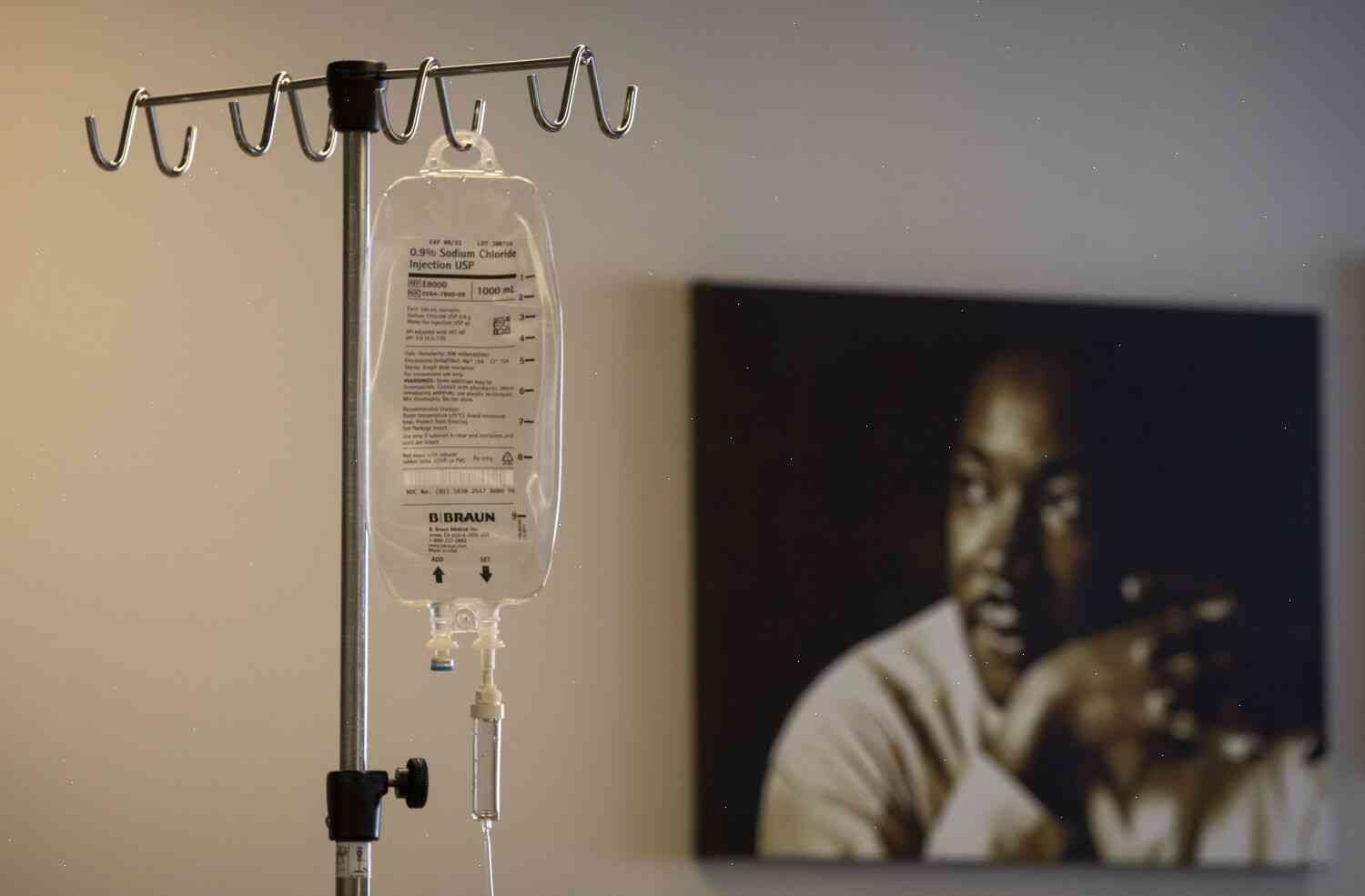Op-Ed: South L.A. deserves better healthcare access. Fair Medi-Cal payments can help.
A woman sits on a bed at the hospital, looking out over the bustling L.A. traffic. She’s in a wheelchair and wearing a blue dress and white sandals. She’s been in the hospital for several days because she’s diabetic. The woman explains she lives in a low-income neighborhood, but she recently signed a five-year contract with a local health care provider called South LA Health Medical Center (SLHMC).
The woman’s family knows, from the way they talk about her, that she is very healthy. But when her family pays for an annual checkup, they come to find out that she has a diabetic retinopathy that is increasing in severity. She is now taking four medications that don’t seem effective, and it’s affecting her vision. It’s affecting her ability to care for herself. She is afraid she’ll fall and break her hip.
This is not the usual story of the poor and the sick in LA (or in the country, for that matter). In this area—the Westside, in the east L.A. basin—the median income is $38,000 a year, according to the U.S. Census. Forty percent of the people living here have health insurance through a state Medicaid program, the Los Angeles County Department of Public Health, called Medi-Cal.
But the county program provides only a small fraction of the benefits that are available under the federal Affordable Care Act (ACA).
Since 2014, with the passage of the ACA, almost 20 million people have been added to the Medicaid rolls in the U.S. This number only represents a small fraction of the number of people who now have private health insurance through employers or through their HMOs. While these programs often provide financial assistance for those who can’t afford to buy insurance on their own, they’re often ill-equipped to handle a patient who has chronic conditions and needs ongoing treatment.
A few years ago, when the ACA was still

